
What Is Hair Color Correction? Here Is The Comprehensive Guide.
Hair color is crucial in our quest for a beautiful and unique look. However, experimenting with new looks can sometimes lead to hair color disasters such as unwanted shades, uneven color distribution, excessive damage, etc. None of you need to worry, though; this is exactly when hair color correction comes into play, which can correct these problems and fix your hair's vibrancy and shine. In this comprehensive guide, we delve into everything about hair color correction. Keep reading for more useful information.
What is Hair Color Correction?
So what is hair color correction? You must be wondering. Color correction is a hair treatment used to fix the negative consequences of improper color processing, including uneven color, brassiness or streaks, among others. Hair color correction may involve lightening the hair, lightening the brassiness or dyeing it a darker color, etc. Depending on what needs to be corrected, the type of color correction depends on what needs to be corrected.
Common Hair Color Issues
Here are some common hair color issues:
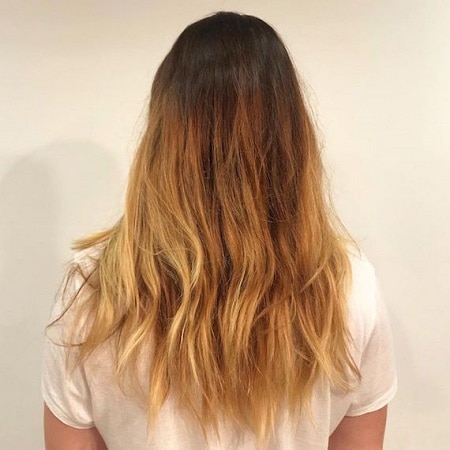
Brassiness in hair: Brassiness is a common hair color problem that occurs primarily in blonde or light-colored hair. It is usually caused by natural oxidation or improper bleaching techniques when the hair takes on an unwanted warm or orange hue.
Fading: Fading is the gradual loss of color intensity over time which is a common problem encountered by those who color their hair. Frequent washing, heat styling, and exposure to UV rays may fade color unevenly, losing overall vibrancy and richness and leading to inconsistent results.
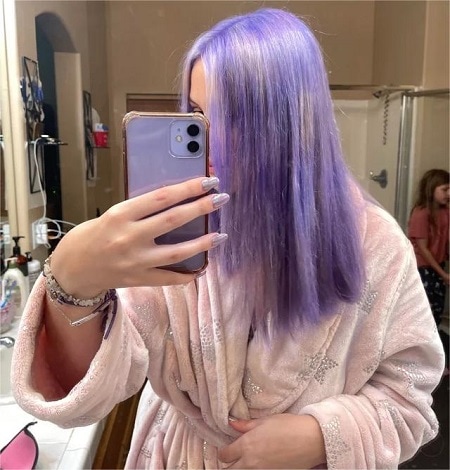
Uneven Color: Uneven color occurs when the dye is not applied evenly throughout the hair (improper technique, insufficiently saturated hair dye, or use of expired or improperly mixed dyes, etc.), resulting in patches or streaks of varying color.
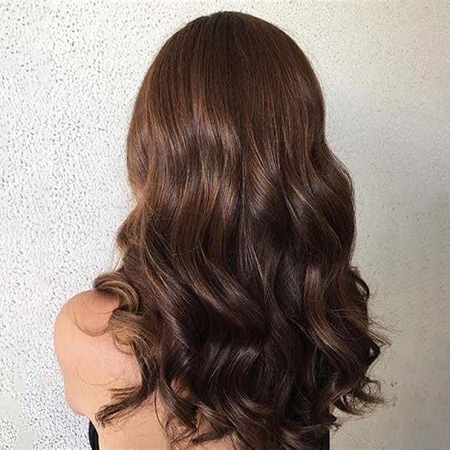
Color Banding: Color banding is a visible band of varying shades or tones along the length of the hair, forming a streaked or mottled appearance. This may occur when dyes are applied unevenly or when multiple dye applications overlap, resulting in inconsistent color saturation.
How Long Does a Hair Color Correction Take?
Your desired outcome and the state of your hair at the beginning of the hair color-correct process will determine how long it takes to complete. It also relies on several factors, including your hair's porosity, texture, and type.
A skilled hairstylist might be able to finish the color-correcting procedure in a few hours for a better fix. It might need two or three sessions if this is a more complicated hair correction.
How to Color Correct Your Hair?
Assessing the hair issue
It is critical to accurately identify hair problems before proceeding with the hair color correction process. Common hair problems include brassy tones, uneven color, hair that is too dark or too light, and unwanted shades. By elevating the current state of your hair, you will be able to select the appropriate color correction technique.
Consultation
For complicated color corrections, a consultation with a professional stylist is recommended. Allow the stylist to assess the condition of your hair, discuss your desired results, and create a customized plan. Remember that previous color treatments, allergies or concerns must be communicated to the professional stylist to ensure a successful correction process.
Correction Techniques:
Hair color correction methods vary based on the specific problem and desired outcome. Some common techniques include:
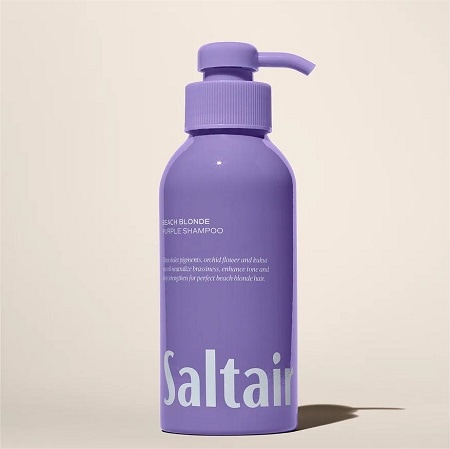
Tones: Toning involves the use of specialized products to neutralize unwanted tones and enhance desired ones. For example, purple tones can offset yellow or brass tones, while gray tones can minimize warmth.
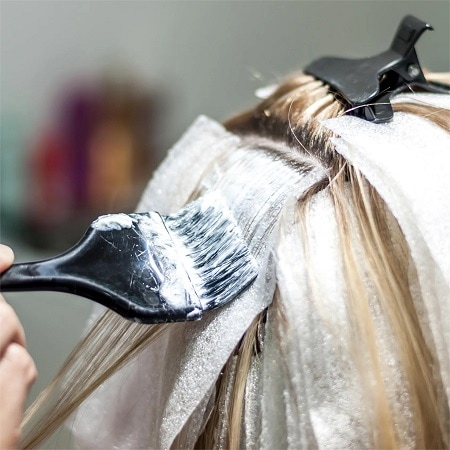
Bleaching: Bleaching is a powerful tool for lightening hair, but it needs to be used carefully to avoid damage. Gradual bleaching may be required to achieve the desired level of brightness while minimizing damage to the hair.
Color Stripping: If the color is too dark or too strong, color stripping may be necessary to lighten the hair and create a clean canvas for further correction. This process involves the gradual removal of existing color using a color-stripping product.
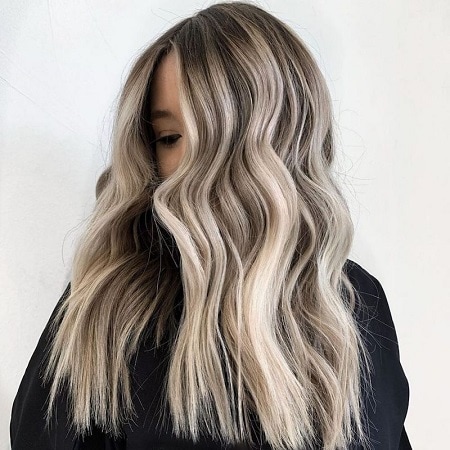
Balayage and ombre techniques: balayage and ombre techniques are very effective for subtle color transitions or blending. These hand-painted methods allow for the precise placement of colors to produce a natural effect.
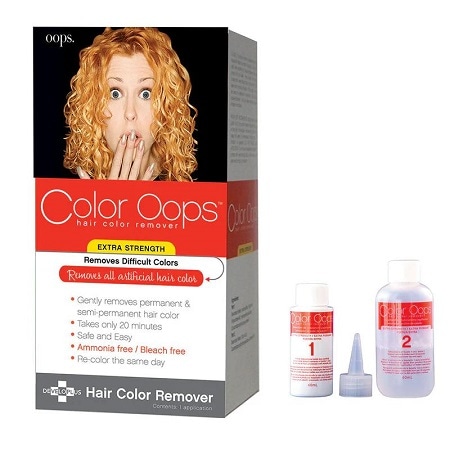
Color removal: A color remover can be used to get rid of pigment from hair if the color is highly built up or painted dark. In order to start with a blank canvas, this technique is necessary.
Frequently Asked Questions About Hair Color Correction
Is Hair Color Correction Expensive?
The price of hair color correction can vary greatly based on several aspects, including the materials used, the location of the salon, the stylist's experience, and the extent of the necessary correction. Because it takes time, effort, and specialist products to correct color concerns, including uneven tones, brassy tints, or abrupt color changes, hair color repair can be costly overall.
Will a Hair Color Correction Damage Your Hair?
Hair color correction methods can potentially harm your hair, particularly if they include bleaching or strong chemical treatments. The damage can be reduced, though, if the color repair is done meticulously by a qualified hairdresser who values hair health and employs premium materials.
Conclusion
Hair color correction is a very helpful treatment that may address typical problems with hair color and help people confidently attain the look they want. You can start a journey to change your hair and improve your appearance by talking with a skilled stylist and having a solid understanding of color theory.
Related Articles
How To Strip Your Hair Colors At Home



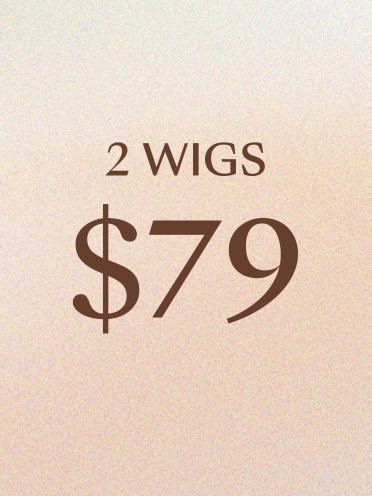




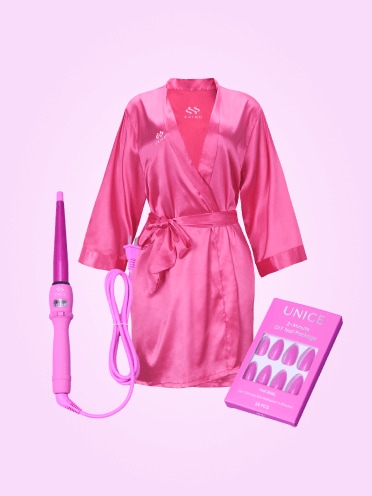






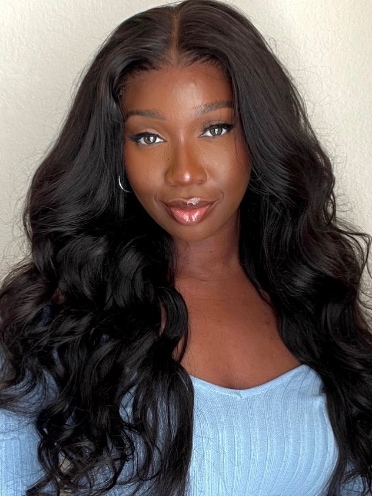



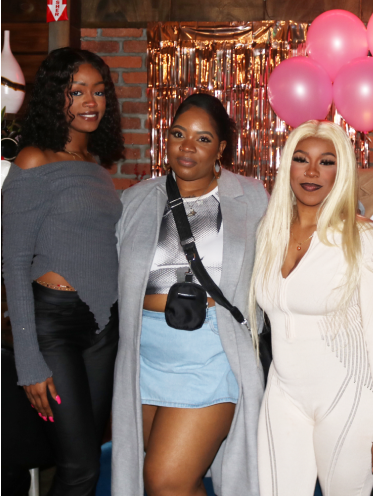

Submit Your comment